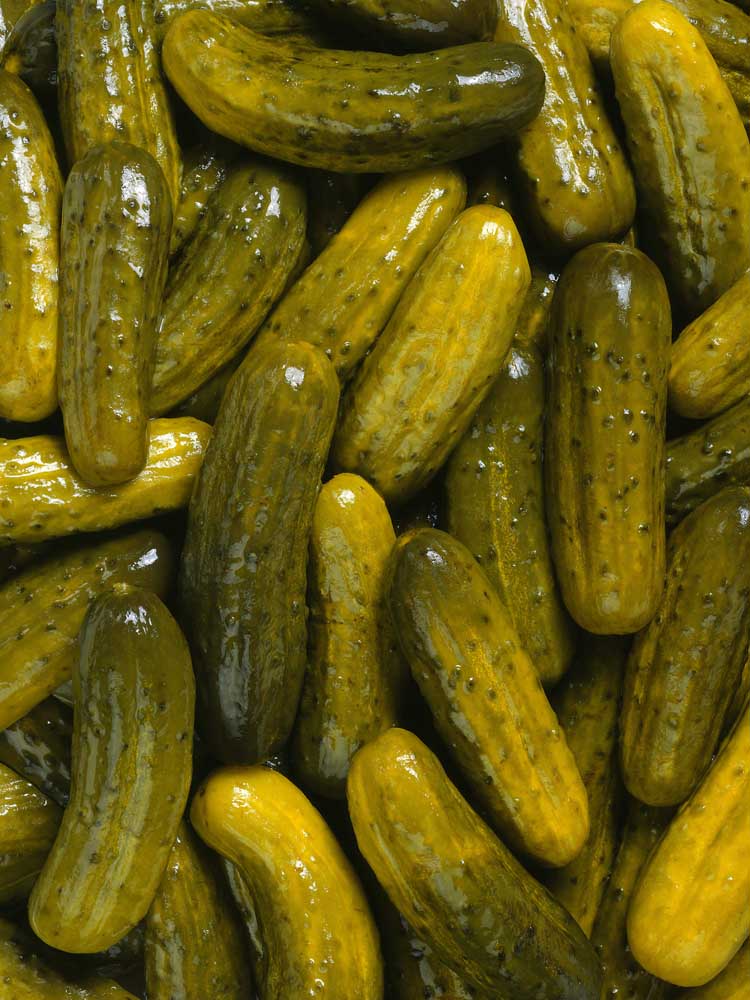Quick Pickles
Published 12:00 am Saturday, September 12, 2015

- Pickles
Want to extend the late summer harvest to enjoy into the fall? Try pickling. The process, which simply involves pouring a vinegar brine over raw or blanched vegetables, is a growing trend in the age of environmentally conscious eating. Pickles are a resourceful way to preserve seasonal produce, and their tart-sweet flavor and crunch make them popular as healthy snacks and side dishes.
Quick refrigerator pickles are a great way to try pickling without investing in special canning equipment or lengthy processes. (Note, only water-bath canned pickles can be stored at length without refrigeration). Any clean and sanitized container that seals can be used to store quick pickles, though canning jars work best since most recipes call for them, and the clear glass shows off your beautiful wares perfectly.
Trending
Though cucumbers are by far the most popular pickling vegetable, don’t limit yourself. Many other vegetables, like carrots, beets, radishes, green beans, onions, peppers, and even winter squash, lend themselves to pickling. When the garden gives you more than you can consume at the moment, consider whether the extra produce might make a good pickle.
Vegetable Prep
Different vegetables will require a little different processing, depending on their density and water content. But they will all need to be well-washed to begin with, and cut into equal shapes and sizes. Think about which cuts work best with the size of container you’re using. Green beans and baby carrots may be left whole, but larger beets or cucumbers may need to be quartered or sliced to fit into pint jars.
Certain vegetables will be enhanced by blanching them (briefly cooking them in boiling water). If you are new to pickling, pay special attention to your recipe’s suggestion for the right amount of time to blanch vegetables. This step can make or break achieving a perfectly crunchy pickle.
Season to Taste
Pickling recipes are all basically the same. Where you can make a pickle truly unique is with your own flavor additions. Either fresh or dry (or both) flavorings can be added. For best results, follow a basic recipe the first time, then experiment with additions the next time.
Trending
(See info box for flavoring ideas).








